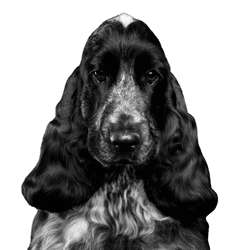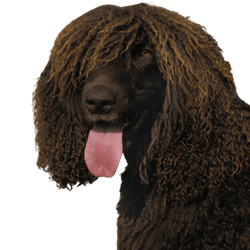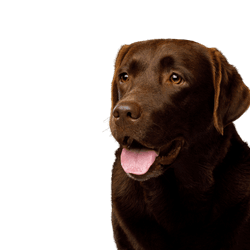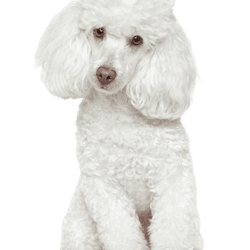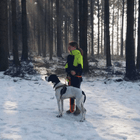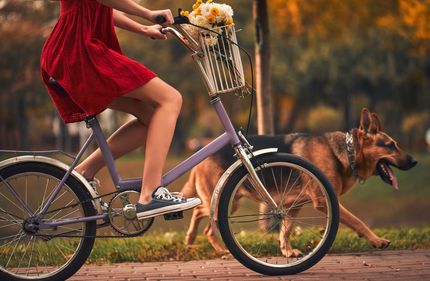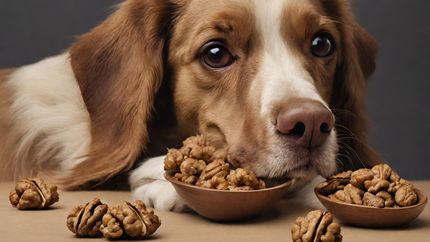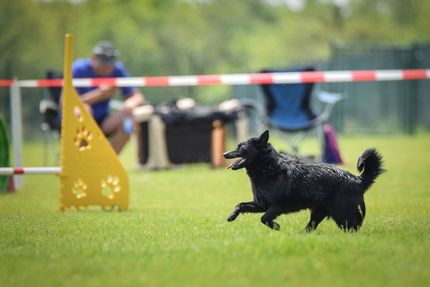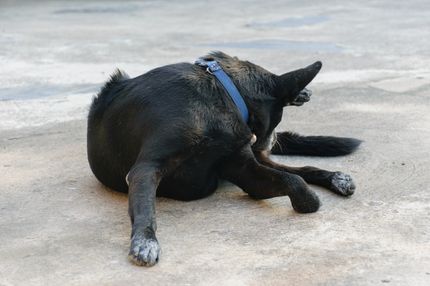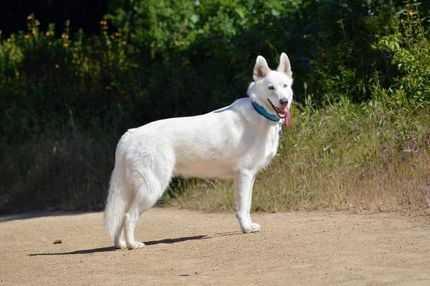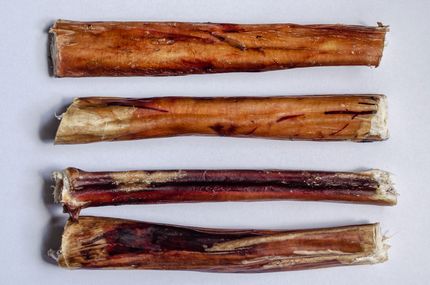Facts & Origin
Origin of the Australian Labradoodle
Unlike the classic Labradoodle, the Australian Labradoodle was not simply bred from the Labrador Retriever and Poodle, but was deliberately developed over several generations with other breeds such as the Irish Water Spaniel, Curly Coated Retriever and, above all, the Cocker Spaniel. The aim was to create a particularly family-friendly, intelligent and at the same time allergy-friendly dog with a stable character. Breeding began in Australia in the late 1980s, which is why the name "Australian" does not refer to the origin of the dogs, but to the origin of the breeding line.
Name synonyms and terms
While the term Labradoodle is often used generically for any mix of Poodle and Labrador, the Australian Labradoodle stands for a clearly defined breeding line with documented ancestry. Sometimes it is also referred to as a Multigenerational Labradoodle or Australian Multigenerational Labradoodle, which indicates that several generations have been deliberately bred together - not just a first cross.
Criticism of the hybrid breed
Despite its popularity, the Australian Labradoodle is also subject to criticism. Many breeding associations do not recognize it as an official breed, as there is no uniform breed standard worldwide. Some experts see the danger of the term Labradoodle being used in an inflationary manner, although there are major differences between the lines. There is also criticism that the demand for "designer dogs" sometimes promotes dubious breeding practices in which health, temperament and socialization are of secondary importance.
Suitability for everyday life
Despite the criticism, the Australian Labradoodle has established itself as an extremely suitable family and companion dog. Its typical characteristics - gentleness, intelligence, social compatibility and often an easy-care, allergy-friendly coat - make it particularly popular with families with children, active couples and people with a slight risk of allergies. However, it is important to know that the Australian Labradoodle is not an "off-the-peg" dog either: it needs exercise, clear leadership and lots of social contact in order to feel comfortable and develop its full potential as a family dog.
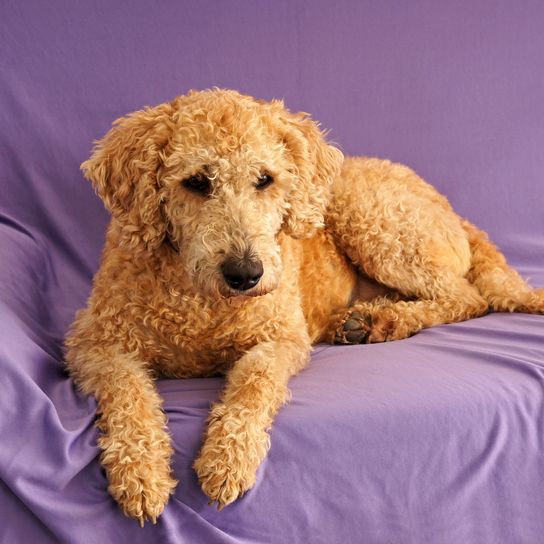
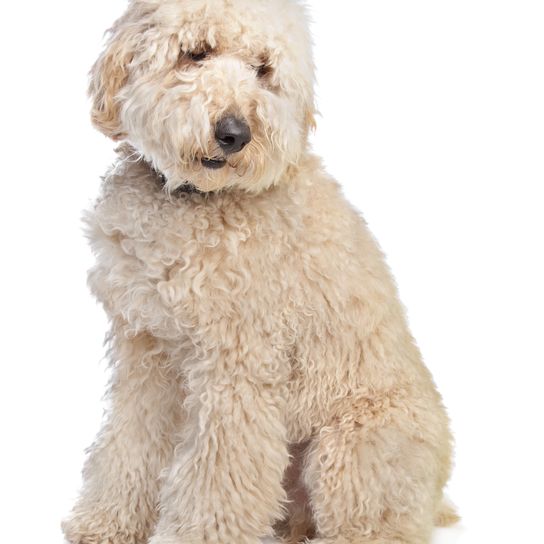
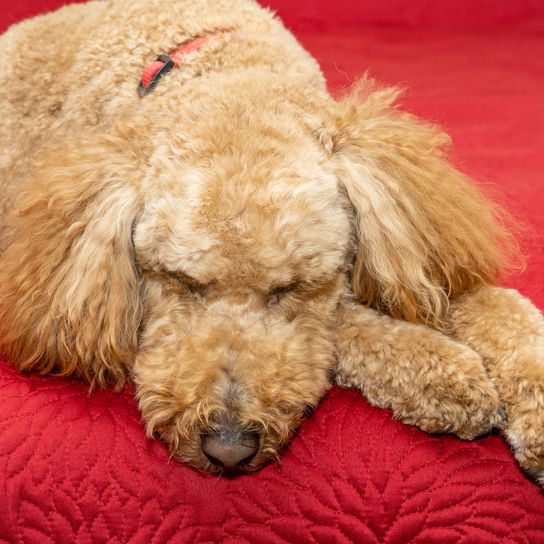
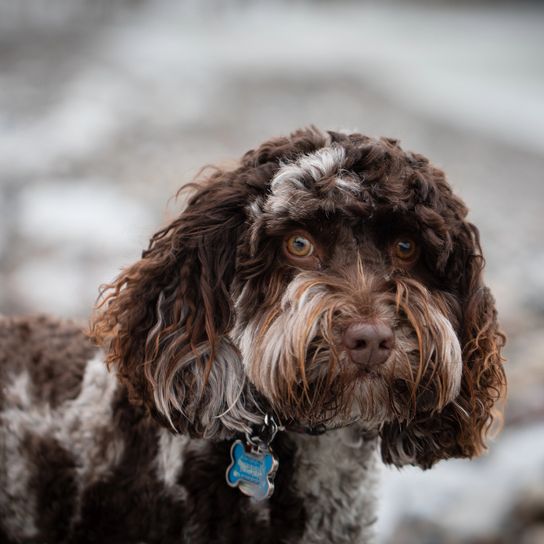
| Alternate Name | Australian Multigenerational Labradoodle, Multigenerational Labradoodle |
| Origin | England - Ireland |
| Life expectancy | - 17 years |
| Care requirements | high-maintenance |
| Activity level | average |
| FCI group | not recognised |
| AKC group | not recognised |
| KC group | not recognised |
More Cocker Spaniel mixes
More Labrador Retriever mixes
More Poodle mixes
Attitude, character and temperament of the breed
Possible character traits
The Australian Labradoodle is considered to be particularly balanced, friendly and people-oriented. It was specifically bred to be a socially compatible, willing to learn and at the same time sensitive dog. Many representatives of this hybrid breed show a strong bond with their caregivers, are fond of children and often get along well with other pets. Due to its high intelligence, the Australian Labradoodle learns quickly, but also needs mental activity and clear structures in order not to be underchallenged.
Not every dog in this line is the same: some are very active and playful, others are rather calm and cuddly. However, their adaptability makes them suitable for many lifestyles - provided they are taken seriously not only physically but also emotionally.
Character
Usage
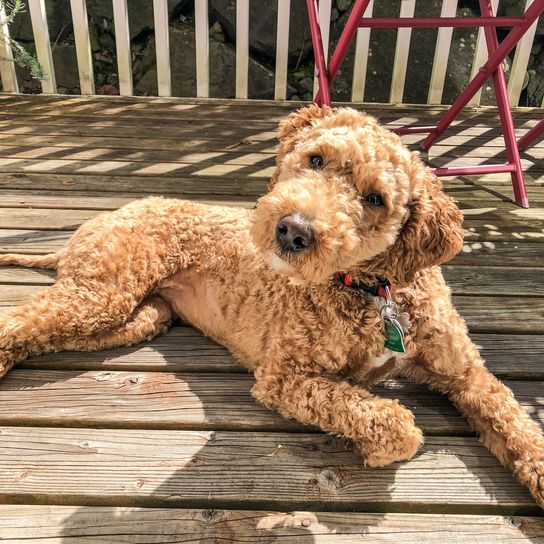
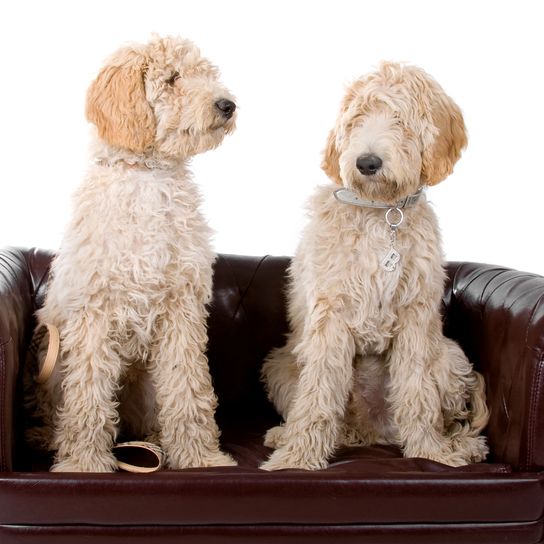
Typical or possible diseases
Despite controlled breeding, certain hereditary diseases can also occur in Australian Labradoodles. These include
Hip dysplasia (HD), which can occur particularly in larger specimens
Progressive retinal atrophy (PRA), a progressive eye disease
Allergies and skin problems, partly due to sensitive skin or certain foods
Ear infections, favored by the long, hairy ears
Addison's disease, a hormonal disorder that can occasionally occur in the line
Reliable breeders therefore carry out extensive health tests on the parent animals in order to recognize and rule out such risks at an early stage. Nevertheless, owners of this breed should regularly inform themselves about possible symptoms and preventative measures.

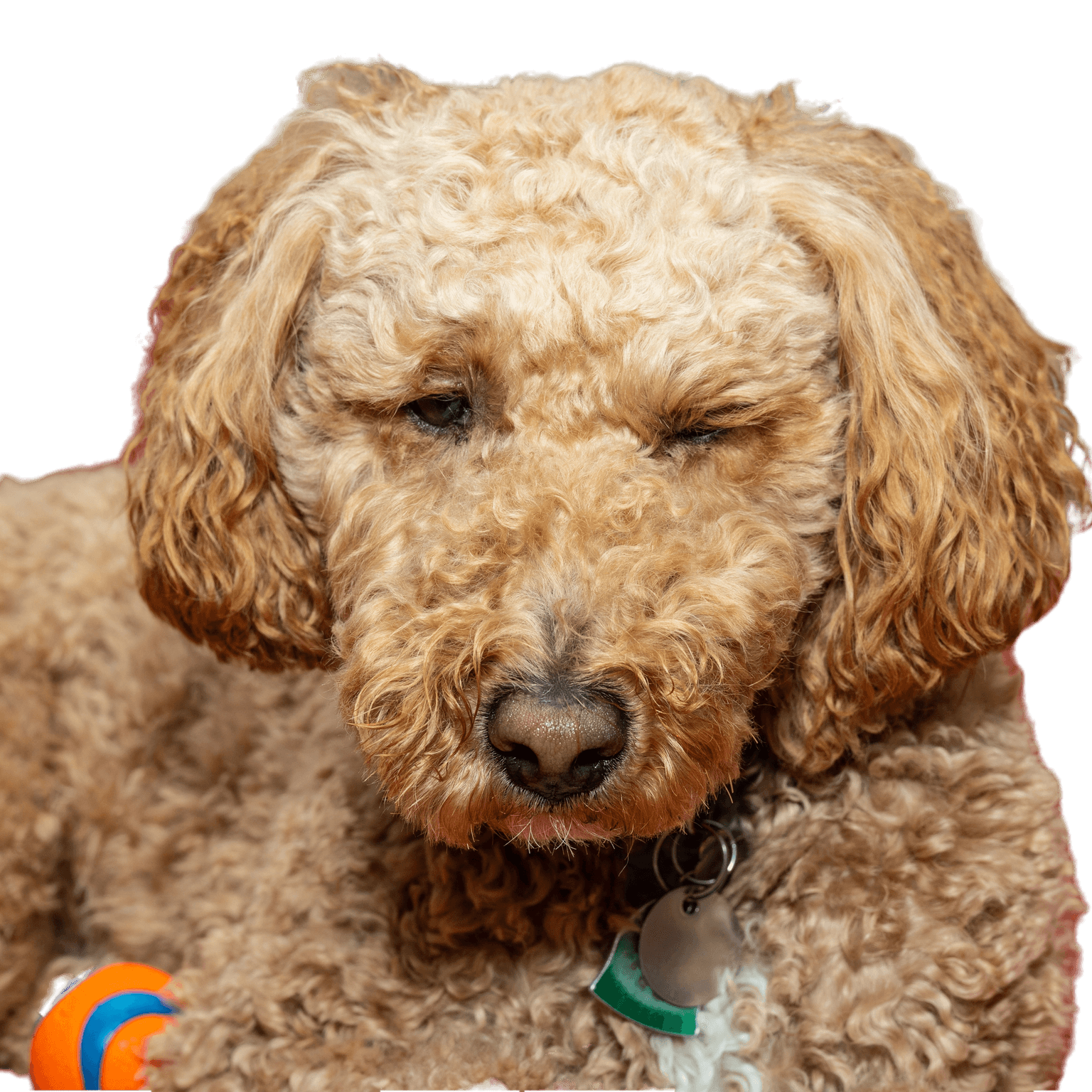
Possible external appearance
Compared to the classic Labradoodle, the Australian Labradoodle often has a more uniform appearance, as breeding has been carried out more selectively over many generations. Typical is the soft, wavy to curly coat, which resembles either a poodle or a spaniel, depending on the lineage. The coat generally sheds little to not at all, which makes it more tolerable for many allergy sufferers - however, even with this breed there is no guarantee of hypoallergenicity.
Coat colors range from cream, apricot and chocolate to silver, black, caramel or even multi-colored patterns such as parti or phantom. The size varies depending on the breeding goal: there are Mini, Medium and Standard Australian Labradoodles, whereby the shoulder height can be between 35 and 60 cm. Their stature is usually compact, athletic and their expression open and friendly - with large, dark eyes and droopy, velvety ears.
| Fur length | medium |
| Fur | wavy - curly |
| Ear shape | Floppy Ear |
| Tail | fanned out - lang |
| Anatomy | dainty, hefty |
| Size ♀ | 36 - 56 cm |
| Weight ♀ | 12 - 30 kg |
| Size ♂ | 38 - 59 cm |
| Weight ♂ | 13 - 34 kg |
| Suitable For | - |



Known Diseases
Epilepsy
Definition: Dog has epilepsy if, for example, at least two epileptic seizures occur more than 24 hours apart.
Progressive Retinal Atrophy (PRA)
Progressive retinal atrophy (PRA) is a slowly progressive death of the retina in dogs.
Hypothyroidism
Hypothyroidism is a condition in dogs where the thyroid gland does not produce enough thyroid hormones. This can lead to a slowed metabolic rate, weight gain, fatigue, hair loss and other symptoms.
Hip dysplasia (HD)
Hip dysplasia (HD) is a genetic condition in dogs where the hip joint is not shaped properly. This leads to pain, stiffness and restricted movement.
Cancer
May be common in older dogs.
FAQ
-
A Labradoodle is usually a direct cross between a Labrador Retriever and a Poodle. The Australian Labradoodle, however, has been deliberately bred over many generations - with other breeds such as the Cocker Spaniel - to achieve a more uniform character and appearance.
-
The coat hardly sheds at all in some dogs and can be more tolerable for some allergy sufferers as it sheds less dander. However, freedom from allergies is never guaranteed - everyone reacts differently.
-
The size varies depending on the breeding line:
Mini: approx. 35-42 cm shoulder height
Medium: approx. 43-52 cm
Standard: approx. 53-63 cm
-
He is active and intelligent - daily walks, playtime and mental exercise (e.g. through training or search games) are important. Underchallenged, he tends to get bored quickly.
-
The coat requires a lot of care: It needs to be brushed regularly (several times a week) and professionally trimmed about every 6-8 weeks to prevent matting.
-
A friendly, social and balanced nature is typical. The dogs are considered easy to train, fond of children and often well suited as therapy or assistance dogs.
-
Yes - if you are prepared to deal with training, care and activity. His willingness to cooperate makes him a good companion dog, even for beginners, as long as he is trained consistently.

